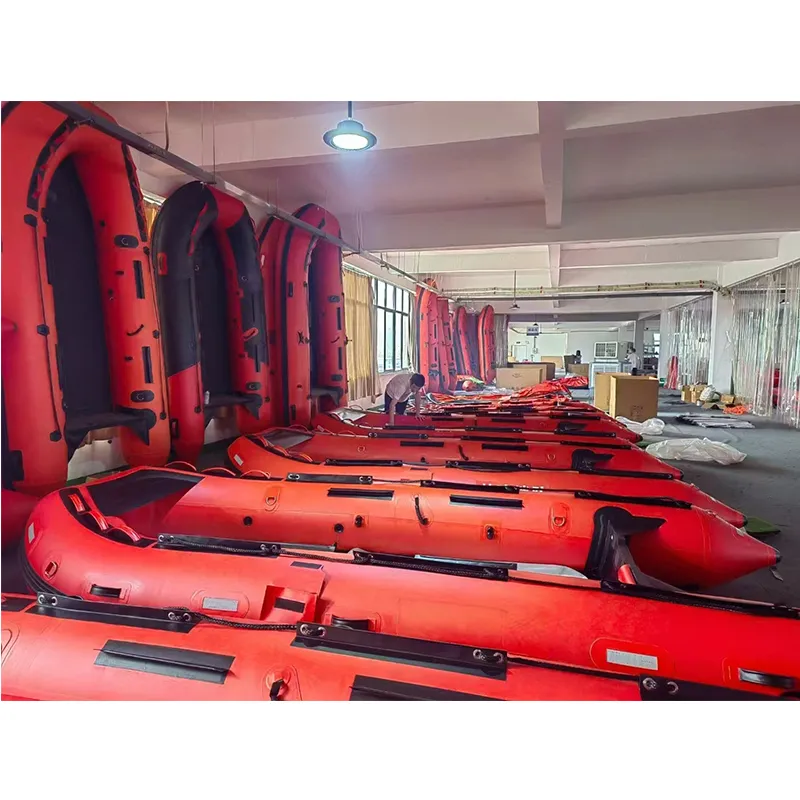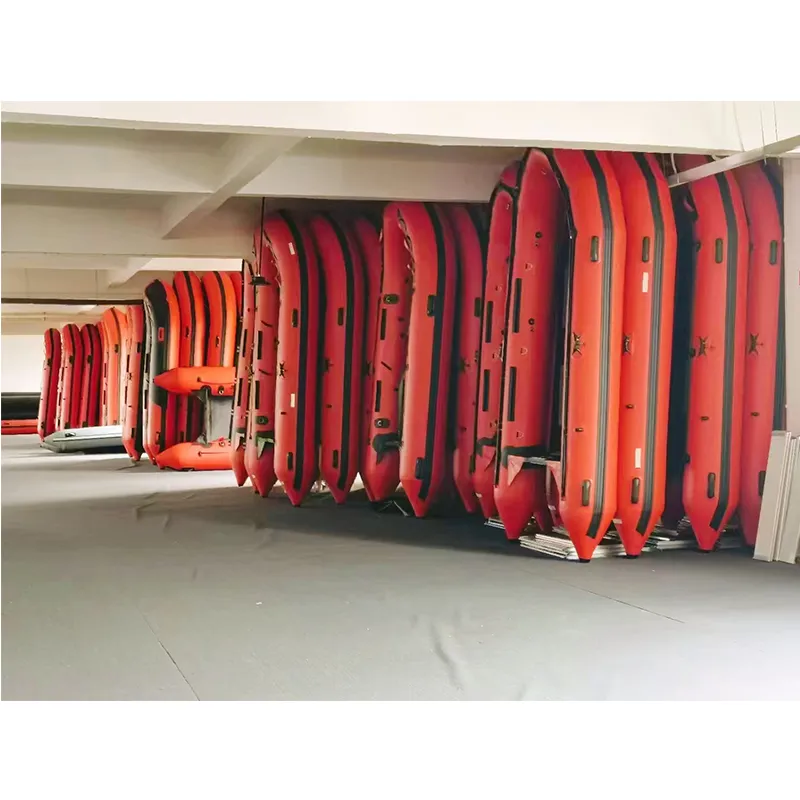

Booster hoses, compact and highly durable, are commonly mounted on reels and serve multiple purposes beyond just firefighting. Their reinforced rubber construction is designed for low-to-medium pressure applications, providing flexibility in both utility water applications and firefighting scenarios requiring smaller, agile water streams. Suction hoses are indispensable for drafting water from static sources like ponds or tanks when hydrants are unavailable. These hoses have sturdy walls to maintain shape even under negative pressure, critical in effectively drawing water without collapsing, validated by field experiences in rural fire management. Lastly, industrial hoses diverge from traditional firefighting purposes and adapt to myriad uses across industries, including chemical plants and oil refineries, able to withstand extreme temperatures, pressures, and corrosive substances due to their specialized synthetic materials design. In conclusion, understanding the varieties of fire hoses and their specific applications substantiates their importance in effective firefighting strategies. Their practical usage veracity, backed by field experiences, underscores their roles under unique circumstances. Catering to distinct environmental challenges while maintaining operational integrity reaffirms the essential nature of choosing the correct fire hose type tailored to the emergency requirements. The expertise in differentiating these hoses undoubtedly empowers firefighting personnel to execute more informed, efficient, and safe operations.





























